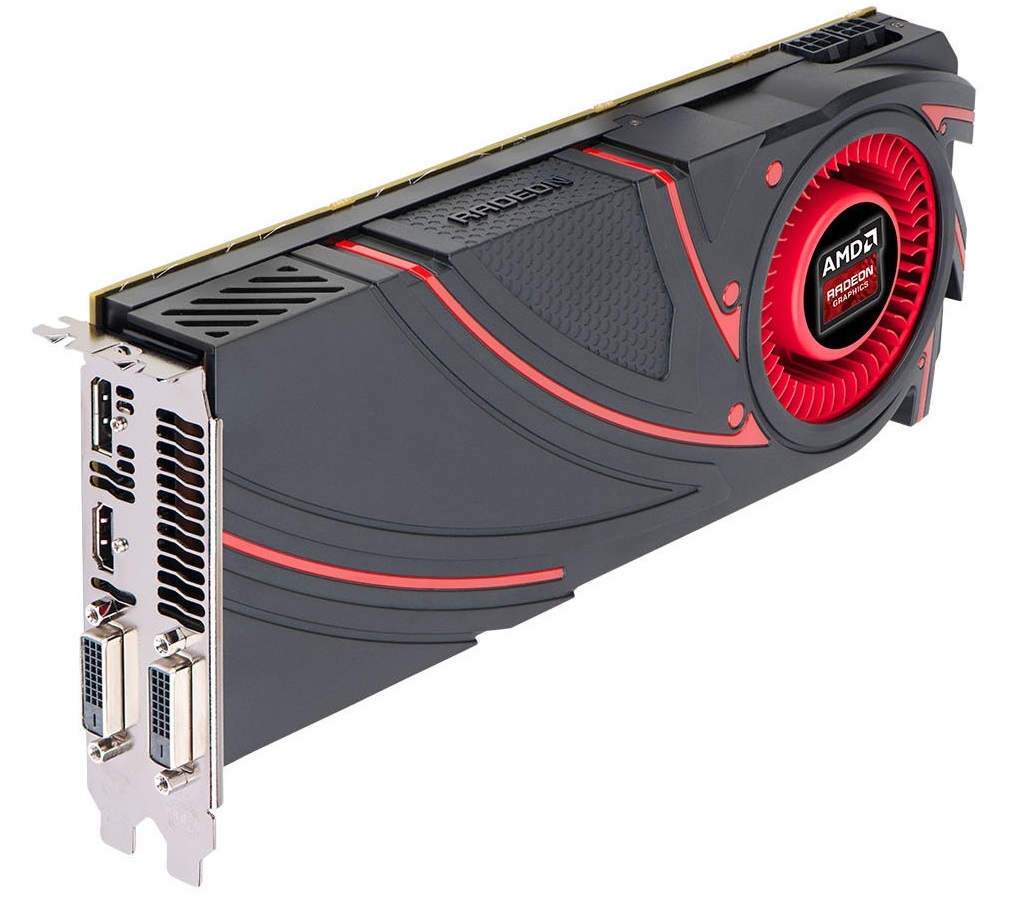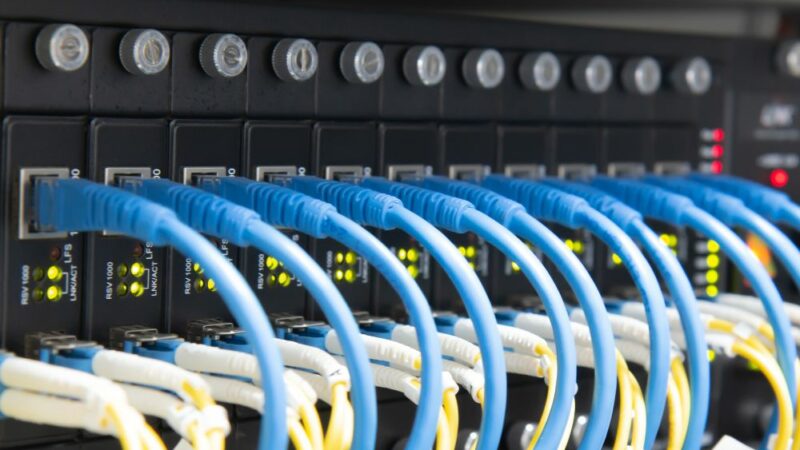What Is A Graphics Card & How Does It Works?

What is a graphics card? A graphic card is a part of the computer that creates the image you see on the computer. The graphic card is the main reason for rendering the image to your monitor. It does it by turning data into signals so that the monitor can understand. The better the graphics card is, the smoother the image produced. The graphic is essential for video editors and gamers.
It is a gamer’s best friend and an essential part of the quality gaming experience. If you don’t know what exactly graphic cards do, then do not worry; graphics cards are not complicated. There are several types and generations of graphic cards, each with unique specifications and specialties.
Types Of Graphic Cards
There are two types of graphic cards Integrated and Discrete.
Integrated: Graphics card built into the motherboard where no additional graphic card is used. You will see this graphic card in most standard desktop PCs and laptops. They are a cost-effective model, and also these integrated graphics cannot be upgraded.
Discrete: Additional graphic card that is installed on the motherboard as the extra hardware. This is the perfect way for those who want to upgrade their system.
Many people use the modern computer for standard tasks such as watching movies, surfing the internet, and creating documents will be ideal using integrated graphics. For users who are into video editing and gaming, an additional graphics card is normally needed to boot up the image processing time.
GPU (Graphics Processing Unit)
The full form of GPU is a graphic processing unit, it is the brain of a graphic card, and this is what makes the visuals that you see on the screen. How powerful the graphic processing unit will differ on the model you select; the GPU works as the translator. The GPU takes the data from the CPU and changes it into imagery. More complicated visuals such as HD games need more complicated and faster GPUs to provide the stream of data.
Expansion Slots
You can expand your desktop by adding graphic cards internally. Over the decades, the expansion of graphic slots has changed drastically from peripheral component interconnect (PCI) and accelerated graphic port (AGP) to the PCI-e generation one two three, which gives the best bandwidth.
There are some motherboards that have expansion slots that allow the users to add more than one GPU. This is called Crossfire X (AMD) or SLI (NVIDIA); it allows the user to get increased performance from the system.
Scalable Link Interface (SLI) was created by NVIDIA, and Crossfire X was developed by AMD with the goal of connecting multiple graphic cards in one system. Scalable Link Interface works by increasing the processing power for graphic usage.
Monitor Support
The GPU can support multiple monitors, but the number is decided by the GPU and the number of outputs ready. So always check the specification of the graphic card to see that how many monitors it could support.
RAM Configurations
The GPU also contains RAM memory, and it is a dedicated graphics memory, so it’s different from the PC’s RAM. Memory is essential on the graphic card as it enables users to play higher resolution games. It is best for those games which include very large texture sets. The minimum of 2GB is recommended for gamers; however, this needs to be balanced out with other features of the graphic cards and the resolutions that you play.
Frequently Asked Questions
What is a graphic card used for?
The graphic card is the brain of graphics, and this is what makes the visuals that you see on the screen. How powerful the graphic processing unit will differ on the model you select; the GPU works as the translator. The GPU takes the data from the CPU and changes it into imagery. More complicated visuals such as HD games need more complicated and faster GPUs to provide the stream of data.
Is a graphic card necessary?
You do not need a dedicated graphics processing unit for word processing, email, or any Office suite apps. However, if you want to play high-end games, then it is necessary to have a graphic card.
What is a graphic card simple definition?
A graphic card is a part of the computer that creates the image you see on the computer. The graphic card is the main reason for rendering the image to your monitor. It does it by turning data into signals so that the monitor can understand. The better the graphics card is, the smoother the image produced. The graphic is essential for video editors and gamers.
Can you start a PC without a GPU?
Well, you can start the PC without the graphic processing unit; however, you will not be able to see anything unless you have the iGPU (Integrated Graphic Processing Unit).
How does a graphic card works?
A graphic card turns the information into a data signal that creates the image you see on the computer. The graphic card is the main reason for rendering the image to your monitor. It does it by turning data into signals so that the monitor can understand. The better the graphics card is, the smoother the image produced.





